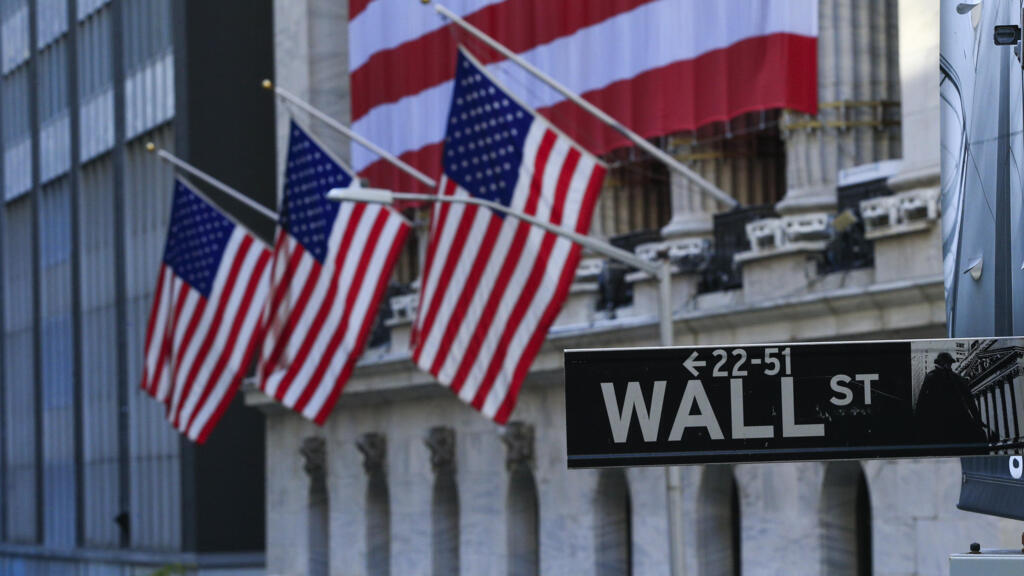Bank of America released a stablecoin report in mid-August, directly pointing out that the regulatory transparency brought by the GENIUS Act will drive a stablecoin supply surge of $2.5 billion to $7.5 billion within a year.
Regulatory Clarity Ignites Growth
According to Coindesk's citation, the Bank of America report attributes potential growth to two key acts: the GENIUS Act establishes clear regulations for issuance and asset custody, while the CLARITY Act further defines digital asset classification. These two acts lower institutional barriers, allowing insurance companies, funds, and multinational banks to legally hold or issue stablecoins. The bank's analysis team believes the new framework can release dormant capital and boost market demand.
Application Scenarios from Retail to Institutions
Progress is evident on the retail side. Shopify introduced USDC payment this year, indicating increased acceptance among general merchants. In cross-border payments, where personal wire transfer fees are high and transfer times are long, stablecoins can complete small transfers within minutes while saving on transaction fees.
At the institutional level, the recent on-chain repurchase of US Treasury tokens demonstrates that fixed-income transactions can be settled using stablecoins, reducing dependence on traditional custody and settlement infrastructure.
Money Market Funds and Government Bonds Affected
High-liquidity stablecoins with reward mechanisms are seen as direct competitors to money market funds. The report notes that Coinbase rewards USDC holders, effectively circumventing the GENIUS Act's prohibition on publicly declaring "interest", highlighting the "design space" of financial products.
As the act requires reserve assets to be primarily allocated to short-term US Treasuries, the predicted increase in stablecoin scale could simultaneously drive short-term bond demand up by $2.5 to $7.5 billion, potentially impacting the Treasury's debt structure.
Traditional Bank Strategy Shifts
Facing this new ecosystem, commercial banks are adjusting their approach. Bank of America CEO Brian Moynihan has confirmed that an internal team is developing their own stablecoin, with launch timing dependent on regulatory support and market conditions.
The report also mentions that Bank of America is evaluating the introduction of Ripple's RLUSD to reduce cross-border settlement costs. Large institutions like JPMorgan have also softened their previously negative attitude, indicating that mainstream players now view stablecoins as infrastructure rather than experimental assets.
Bank of America concludes that stablecoins have become an unavoidable element of financial markets. As regulation and technology mature, banks, funds, and tech companies will ultimately compete and collaborate under common standards. Wall Street may not dictate the trend, but can choose when to join. The tone of the Bank of America report makes it clear that they have already transformed the stablecoin option into a mandatory question.








